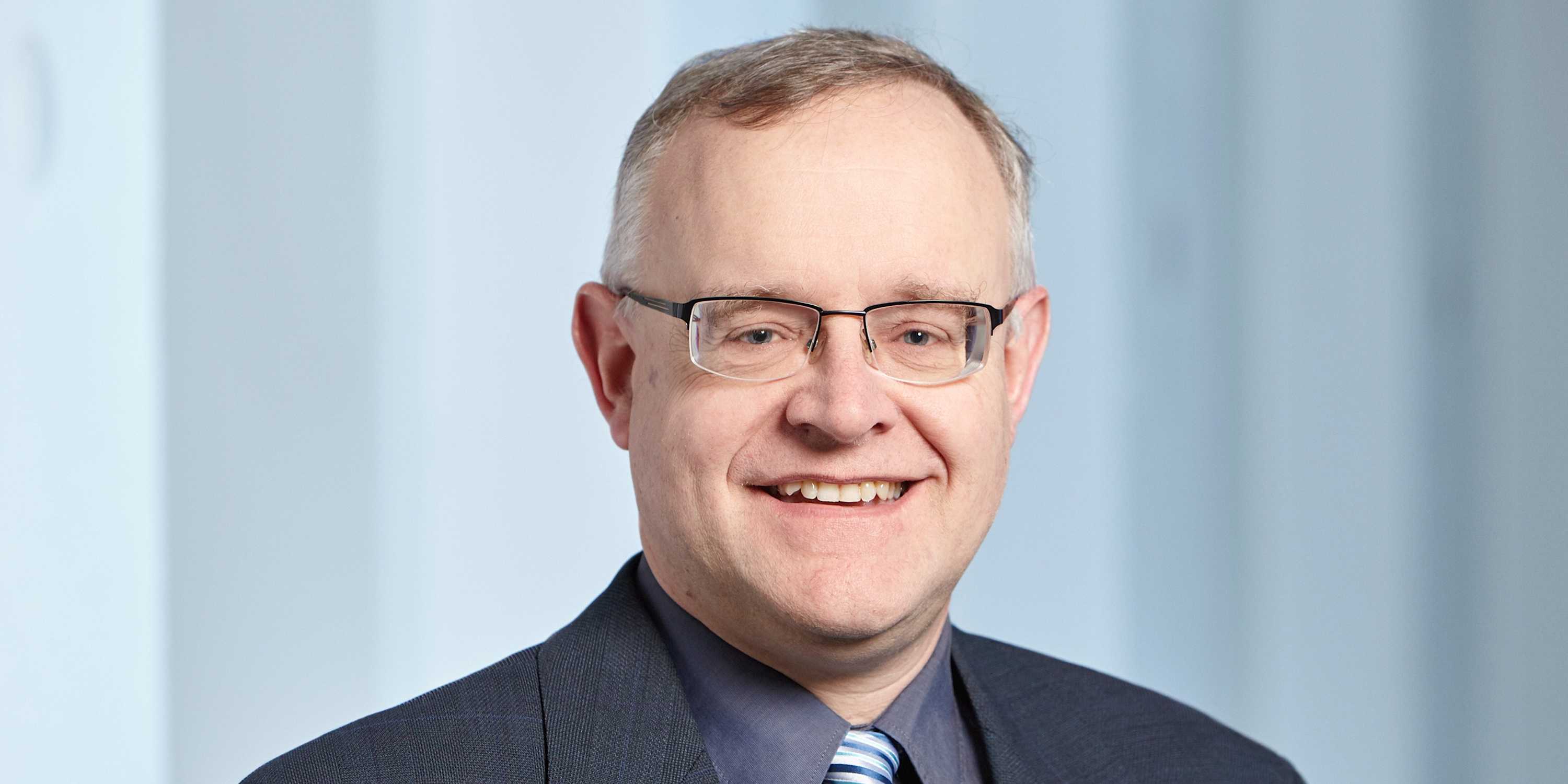“Almost all eras from antiquity to the present day are represented”
The International Congress on Construction History takes place at ETH from June 24 to 28. Professor Stefan Holzer explains how the congress has changed, why there is a focus on vaults and how he analyzes stones with AI.

The International Congress on Construction History is taking place for the eighth time. How have the topics in the professional world changed since the first event in Madrid in 2006?
Stefan Holzer: The biggest difference is the extension of the time frame. Construction History has strong roots in the history of science of the 19th century and - related to this - in the topics of "vaults and vault theory" and "iron construction and the development of truss theory". Today, almost all eras from antiquity to the present day are represented. The focus on the post-war period in particular is more recent. Of the 148 lectures, 65 are now devoted to the 20th and 21st centuries. But a strong faction has also been able to establish itself that focuses on the Middle Ages and the Early Modern Period. For example, on Tuesday, a full-day series of lectures will focus on the construction of arches and vaults, which I am particularly looking forward to.
How has the focus shifted in terms of content?
A stronger emphasis on oral history is clearly noticeable, which is due to the inclusion of newer topics in the history of construction technology. In the course of global discussions on sustainability, a focus on the use, repair, demolition and reuse of the material has also become established. French research in particular has made strong contributions to economic, social and legal history, which were not so prominent in the past. All contributions are characterized by a high degree of scientific seriousness, while previously existing contributions by amateur researchers have disappeared. This means that "hagiographic" contributions on individual actors in the history of construction technology are no longer present.
“A stronger emphasis on oral history is clearly noticeable, which is due to the inclusion of newer topics in the history of construction technology.”Stefan Holzer
What is the thematic and temporal focus of this year's congress in Zurich?
The classic focus on the 19th century will be continued, but the largest number of lectures concern history from the post-war period to the present. Also noteworthy, however, is the focus on vaults from the Middle Ages and the Early Modern Period, which arose naturally from the number of contributions submitted - certainly not entirely by chance, but also in the context of the fire destruction and reconstruction of Notre Dame in Paris.
What aspects does your Chair of Building Archaeology and Construction History bring to the congress? What do you focus on?
Our approach to the history of construction technology is characterized by a duality of perspectives: On the one hand, we base our approach strongly on the possibilities for gaining knowledge directly from the preserved historical building object itself. On the other hand, the evaluation of early modern specialist literature plays a major role for us. My chair in particular has a clear research focus on the Middle Ages, Early Modern Period and the 19th century, with particular emphasis on wood and stone constructions. This gives us a special profile of the "material turn" in the history of construction technology. Many other contributions correspond more to the classic approaches of historical research and are based primarily on archive material.
“The use of high-tech methods plays a major role for us, particularly in the further processing of point clouds from laser scans and structure-from-motion photogrammetry.”Stefan Holzer
What specific means do you use to research the history of construction technology?
The use of high-tech methods plays a major role for us, particularly in the further processing of point clouds from laser scans and structure-from-motion photogrammetry: We gain new insights into manufacturing techniques by drawing conclusions about formwork and the formwork structure from the mathematically determined deviations of the measured geometry of vaults from the ideal geometry. We use AI to automatically extract stones from orthophotos and can thus evaluate thousands of stones, analyze their formats and bonding, and draw conclusions about construction and repair phases. We automatically evaluate dimensionally accurate documentation of buildings in order to detect irregularities and identify construction phases.

8th International Congress on Construction History
The 8ICCH-Congress is hosted by the Institute for Preservation and Construction History, which consists of the chairs of Stefan Holzer and of Silke Langenberg, in partnership with the external page Swiss Society for the Art of Engineering.
24 to 28 June 2024, main building, ETH Zurich